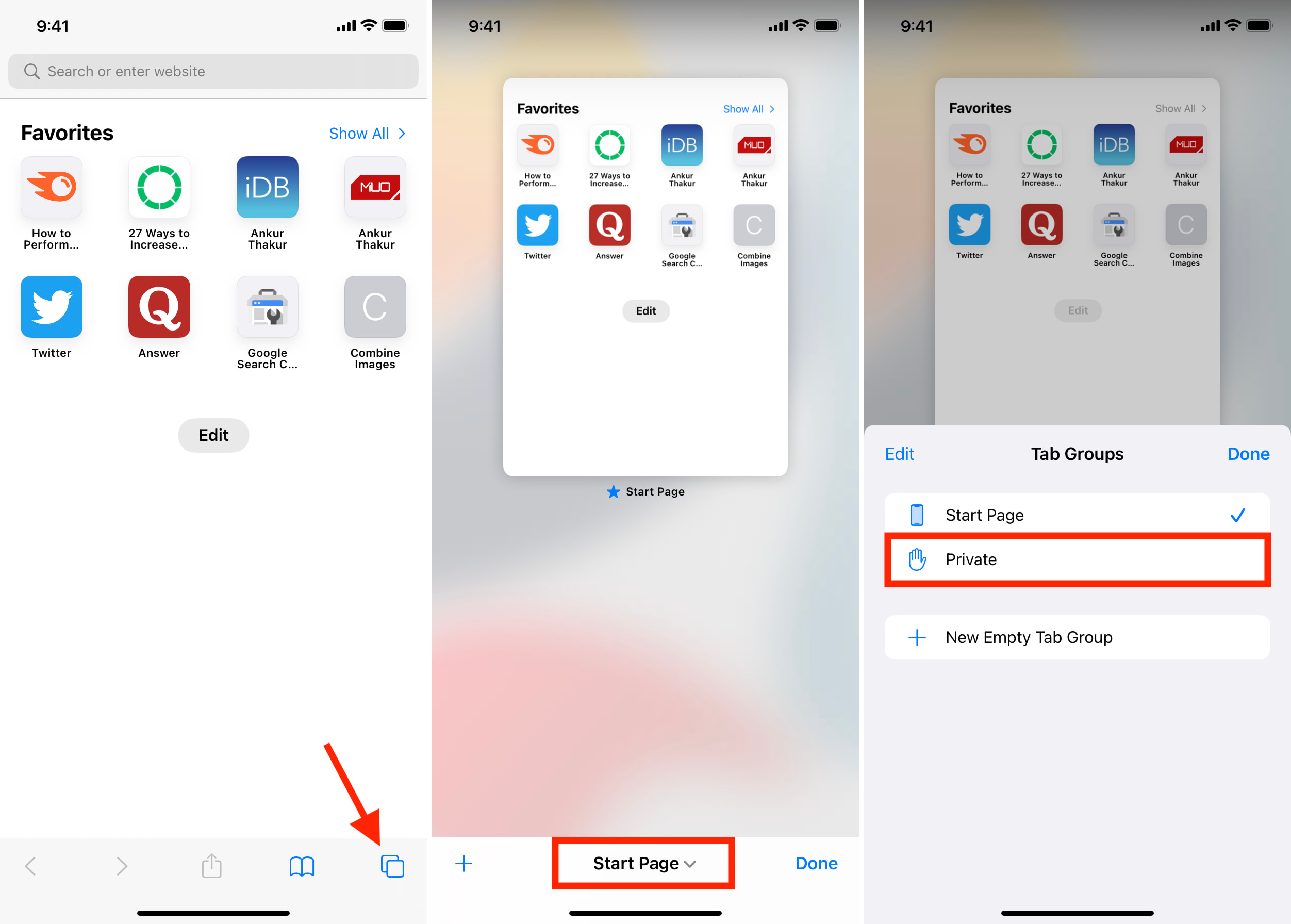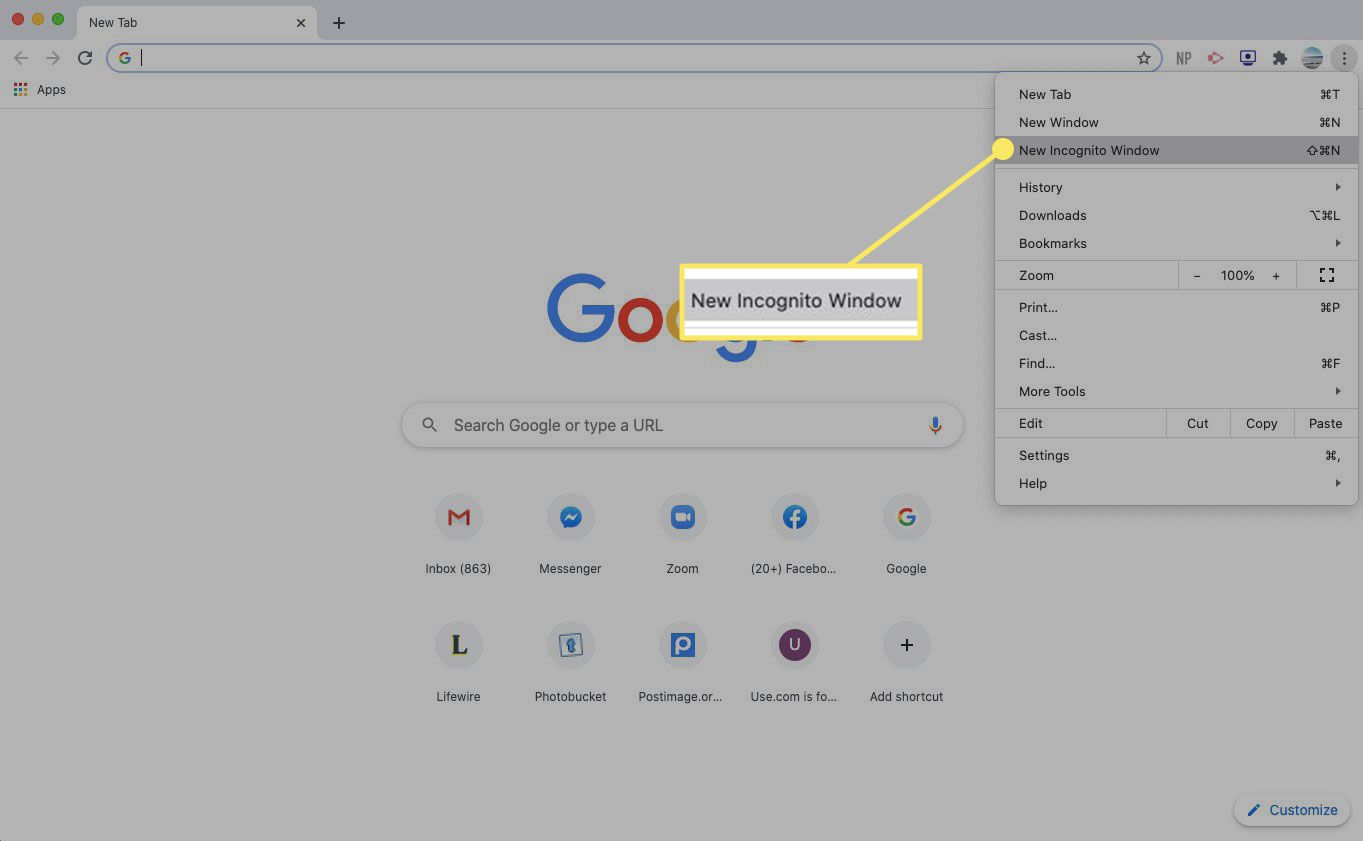Introduction
Safari, the sleek and efficient web browser developed by Apple, is a popular choice among users for its user-friendly interface and seamless integration with Apple devices. However, like any software, Safari may encounter issues that can hinder its performance. In such instances, starting Safari in Safe Mode can be a valuable troubleshooting tool. Safe Mode is a diagnostic mode that allows the browser to run without extensions, themes, or custom settings, helping to identify and resolve potential problems.
When Safari is launched in Safe Mode, it operates with default settings, bypassing any customizations or third-party extensions that may be causing issues. This stripped-down mode provides a clean slate for troubleshooting, making it easier to pinpoint the root cause of any glitches or malfunctions. Whether you're experiencing slow performance, frequent crashes, or unresponsive web pages, initiating Safe Mode can help isolate the issue and pave the way for effective solutions.
In the following sections, we will delve into the concept of Safe Mode in Safari, explore the reasons for starting Safari in Safe Mode, and provide a step-by-step guide on how to initiate Safe Mode. Additionally, we will discuss the benefits of troubleshooting in Safe Mode, highlighting its role in resolving common browser-related issues. By the end of this article, you will have a comprehensive understanding of Safe Mode in Safari and the valuable role it plays in maintaining a smooth and trouble-free browsing experience.
What is Safe Mode in Safari?
Safe Mode in Safari is a diagnostic feature designed to help users troubleshoot and resolve issues that may be affecting the browser's performance. When Safari is launched in Safe Mode, it operates with default settings, bypassing any customizations, extensions, or themes that could potentially be causing problems. This stripped-down mode provides a clean and stable environment for the browser to run, allowing users to identify and address underlying issues.
One of the key aspects of Safe Mode is its ability to isolate problems related to third-party extensions or custom settings. By temporarily disabling these elements, users can determine whether any of them are contributing to slow performance, frequent crashes, or other malfunctions. This process of elimination can be instrumental in identifying the root cause of browser-related issues, enabling users to take targeted actions to resolve them.
In Safe Mode, Safari runs with default settings and without any extensions or custom themes. This means that any issues experienced in the regular browsing mode, such as slow page loading, unresponsive tabs, or unexpected crashes, can be evaluated in a controlled environment. By observing the browser's behavior in Safe Mode, users can gain valuable insights into the source of the problems, making it easier to implement effective solutions.
Furthermore, Safe Mode serves as a valuable tool for assessing the overall stability and performance of Safari. By running the browser in this diagnostic mode, users can gauge whether the issues they are encountering are related to the browser itself or to external factors such as extensions or custom settings. This distinction is crucial in determining the appropriate course of action to address the underlying issues and restore the browser to optimal functionality.
In essence, Safe Mode in Safari offers a controlled environment for troubleshooting, allowing users to identify and address issues that may be impacting the browser's performance. By temporarily disabling customizations and third-party extensions, users can gain valuable insights into the root causes of problems, paving the way for effective resolutions and a smoother browsing experience.
Why Start Safari in Safe Mode?
Starting Safari in Safe Mode can be a practical and effective approach to troubleshooting various issues that may be affecting the browser's performance. Safe Mode serves as a diagnostic tool, offering a controlled environment for identifying and addressing potential problems. There are several compelling reasons why initiating Safe Mode in Safari can be beneficial:
-
Isolating Extension-Related Issues: Many users enhance their browsing experience by installing third-party extensions in Safari. While these extensions offer additional functionality, they can also be a source of performance issues. By starting Safari in Safe Mode, users can temporarily disable all extensions, allowing them to determine whether any of these add-ons are causing slow performance, crashes, or other malfunctions. This isolation process can be instrumental in identifying and addressing extension-related issues effectively.
-
Identifying Customization-Related Problems: Custom themes and settings in Safari can sometimes lead to unexpected behavior or performance issues. Safe Mode provides a way to run the browser with default settings, bypassing any customizations. This allows users to evaluate whether their personalized configurations are contributing to the problems they are experiencing. By starting Safari in Safe Mode, users can gain valuable insights into the impact of their customizations on the browser's performance, facilitating informed decisions on potential adjustments.
-
Troubleshooting Unresponsive Behavior: If Safari is exhibiting unresponsive behavior, such as slow page loading, unclickable links, or unmanageable tabs, starting the browser in Safe Mode can help determine whether these issues are intrinsic to the browser or are being caused by external factors. By running Safari in Safe Mode, users can assess its behavior in a controlled environment, aiding in the identification of underlying issues and the implementation of targeted solutions.
-
Evaluating Browser Stability: Safe Mode allows users to gauge the stability and performance of Safari in a default state. By running the browser without any extensions or custom themes, users can assess whether the issues they are encountering are inherent to the browser itself or are being influenced by external factors. This evaluation is crucial in determining the appropriate steps to restore the browser to optimal functionality.
In essence, starting Safari in Safe Mode provides a valuable opportunity to isolate and address a wide range of issues that may be impacting the browser's performance. By temporarily disabling extensions and custom settings, users can gain valuable insights into the root causes of problems, facilitating targeted troubleshooting and effective resolutions.
How to Start Safari in Safe Mode
Starting Safari in Safe Mode is a straightforward process that can be initiated directly from the browser. Follow these simple steps to launch Safari in Safe Mode and begin troubleshooting any issues you may be experiencing:
-
Close Safari: Before starting Safari in Safe Mode, ensure that the browser is closed. If Safari is currently running, close all open windows and tabs to proceed with the next steps.
-
Access the "Safe Mode" Option: To start Safari in Safe Mode, hold down the "Shift" key on your keyboard while opening the Safari application. This action triggers Safari to launch in Safe Mode, indicated by a notification or visual cue.
-
Verify Safe Mode Activation: Once Safari has been launched with the "Shift" key held down, verify that it is running in Safe Mode. You may notice a specific indicator, such as a notification in the browser's interface, confirming that Safe Mode is active.
-
Evaluate Browser Behavior: With Safari running in Safe Mode, take note of its behavior and performance. Pay attention to any improvements or changes in responsiveness, page loading times, and overall stability compared to regular browsing mode.
-
Troubleshoot Issues: While in Safe Mode, assess whether any previously experienced issues, such as slow performance, unresponsive tabs, or unexpected crashes, persist. This evaluation can provide valuable insights into the potential causes of the problems and guide your troubleshooting efforts.
-
Identify Root Causes: Use the opportunity presented by Safe Mode to identify any extension-related or customization-related issues that may be impacting Safari's performance. By isolating these factors, you can gain a clearer understanding of the root causes of the problems.
-
Implement Solutions: Based on your observations in Safe Mode, take targeted actions to address the identified issues. This may involve disabling problematic extensions, adjusting custom settings, or seeking further assistance if the issues persist.
By following these steps, you can effectively start Safari in Safe Mode and leverage this diagnostic environment to troubleshoot and address any performance or stability issues you may encounter. Safe Mode provides a valuable platform for isolating and resolving browser-related problems, ultimately contributing to a smoother and more reliable browsing experience.
Starting Safari in Safe Mode is a practical and user-friendly approach to troubleshooting, offering a controlled environment for identifying and addressing potential issues. By following these steps, users can harness the diagnostic capabilities of Safe Mode to gain valuable insights into the root causes of browser-related problems and implement targeted solutions for improved performance and stability.
Troubleshooting in Safe Mode
When troubleshooting issues in Safe Mode, users are presented with a controlled environment that allows for the isolation and identification of potential problems affecting Safari's performance. This diagnostic mode serves as a valuable platform for assessing the browser's behavior without the influence of third-party extensions or custom settings. By leveraging Safe Mode for troubleshooting, users can follow a systematic approach to address various issues and restore the browser to optimal functionality.
One of the primary benefits of troubleshooting in Safe Mode is the ability to isolate extension-related issues. Many users rely on third-party extensions to enhance their browsing experience, but these add-ons can sometimes lead to performance issues or unexpected behavior. In Safe Mode, all extensions are temporarily disabled, allowing users to evaluate whether any of these add-ons are contributing to slow performance, crashes, or other malfunctions. This isolation process is instrumental in identifying and addressing extension-related issues effectively.
Additionally, Safe Mode provides a means to assess the impact of custom settings and themes on Safari's performance. By running the browser with default settings, users can determine whether their personalized configurations are causing any unexpected behavior or performance issues. This evaluation can help users make informed decisions about potential adjustments to their custom settings, ultimately contributing to a smoother browsing experience.
Furthermore, troubleshooting in Safe Mode enables users to evaluate the overall stability and responsiveness of Safari. By observing the browser's behavior in this controlled environment, users can gain valuable insights into the root causes of issues such as slow page loading, unresponsive tabs, or unexpected crashes. This assessment serves as a crucial step in identifying underlying problems and implementing targeted solutions to restore the browser to optimal functionality.
In essence, troubleshooting in Safe Mode empowers users to systematically address a wide range of issues that may be impacting Safari's performance. By leveraging the diagnostic capabilities of Safe Mode, users can isolate extension-related issues, assess the impact of custom settings, and evaluate the overall stability of the browser. This systematic approach to troubleshooting in Safe Mode paves the way for effective resolutions and a smoother browsing experience.
By leveraging the diagnostic capabilities of Safe Mode, users can systematically address a wide range of issues that may be impacting Safari's performance. This controlled environment allows for the isolation of extension-related issues, assessment of custom settings, and evaluation of overall browser stability, ultimately leading to effective resolutions and a smoother browsing experience.

























